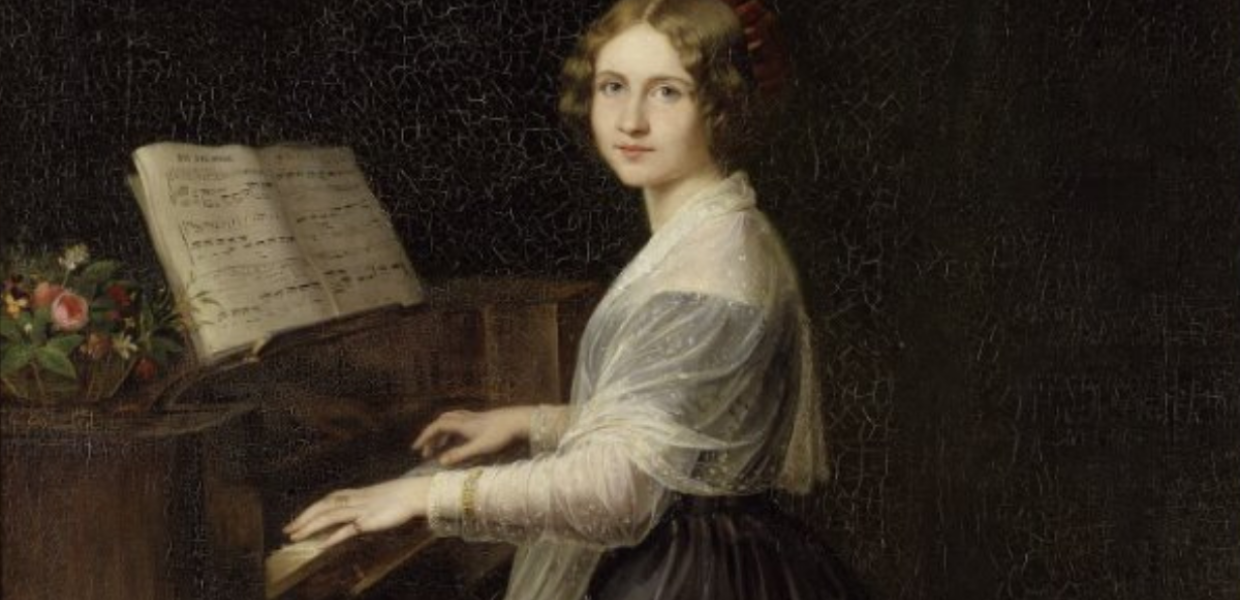Why should you open up your digital collections for reuse - explained in GIFs
As GIF IT UP 2020 comes to a close, we have been delighted by the creativity of the entries, which demonstrate the wonderful ways that openly licensed content can be used and shared by audiences around the world. In this post, we let the GIFs answer the question: why open up digital collections for reuse?

- Title:
- Jenny Lind
- Creator:
- Louis Asher
- Date:
- 1845
- Institution:
- Nationalmuseum
- Country:
- Sweden
- Copyright:
- Public Domain

